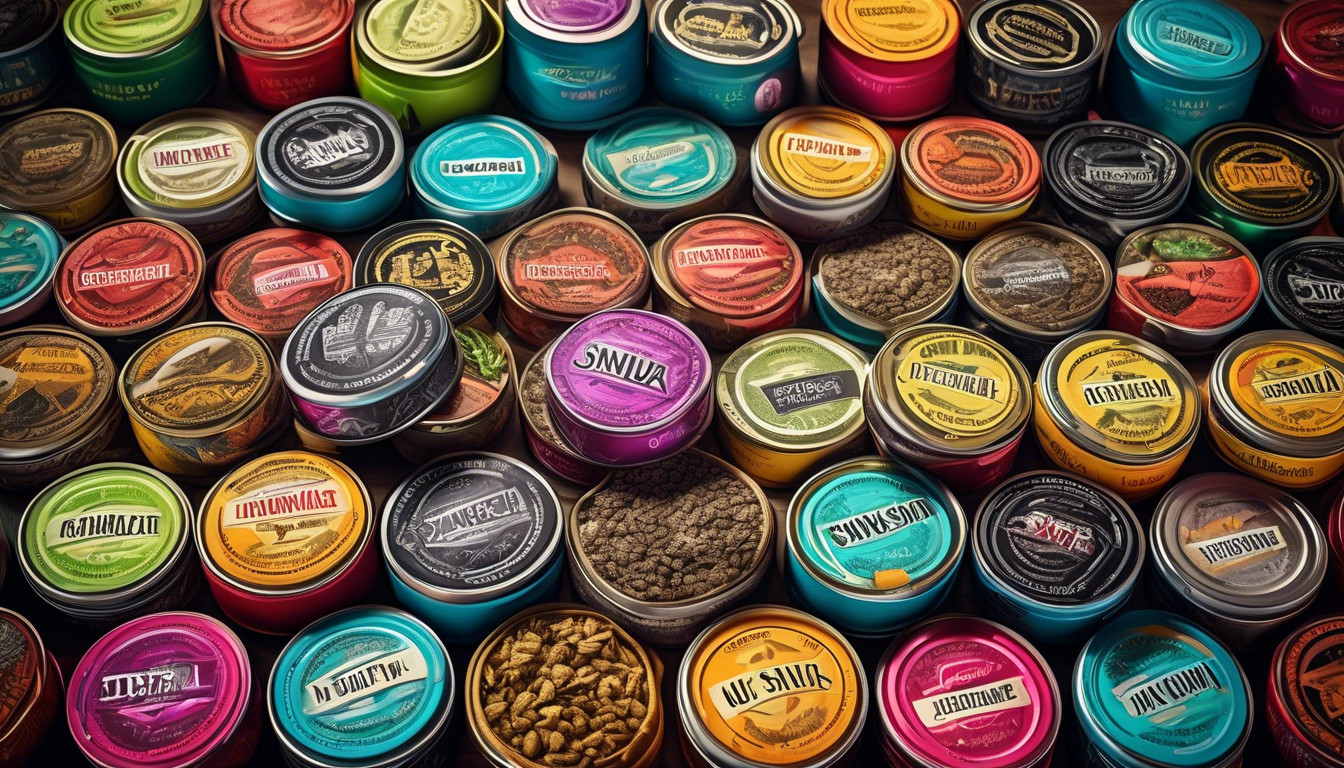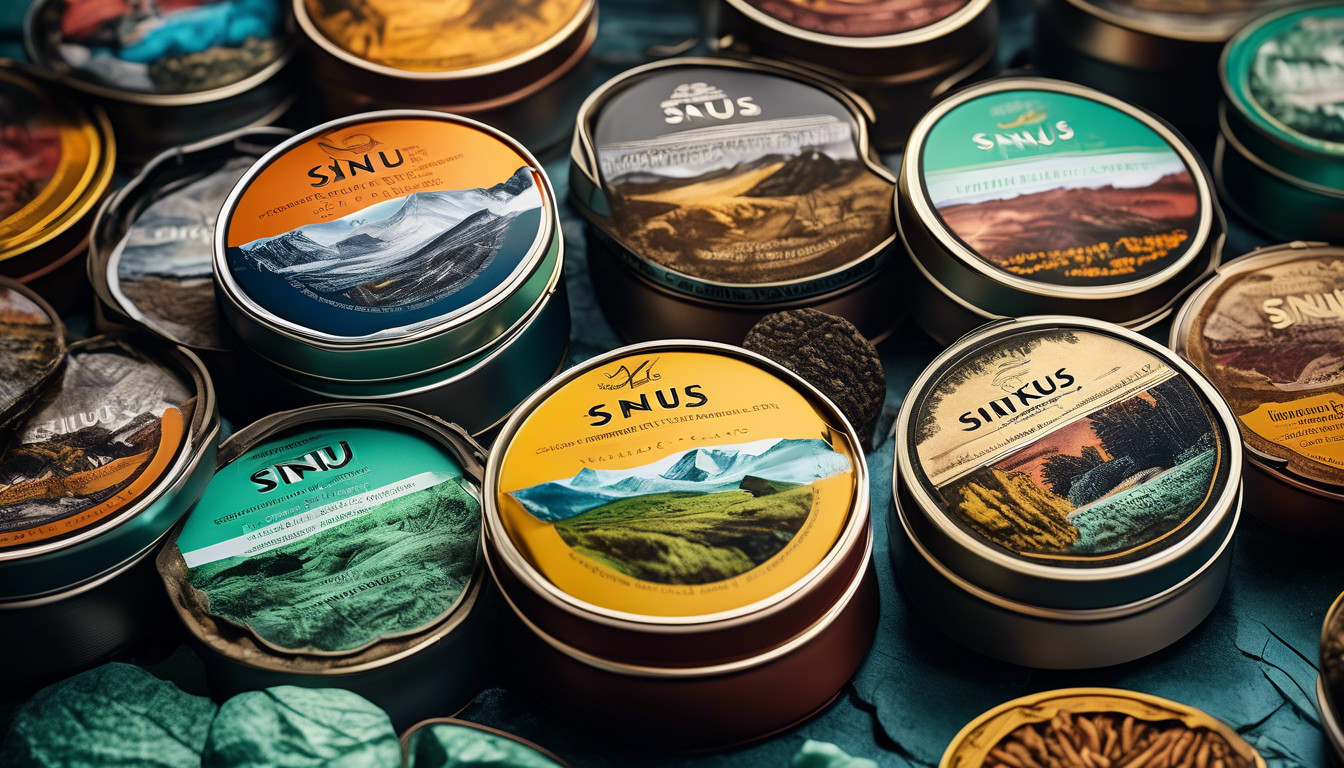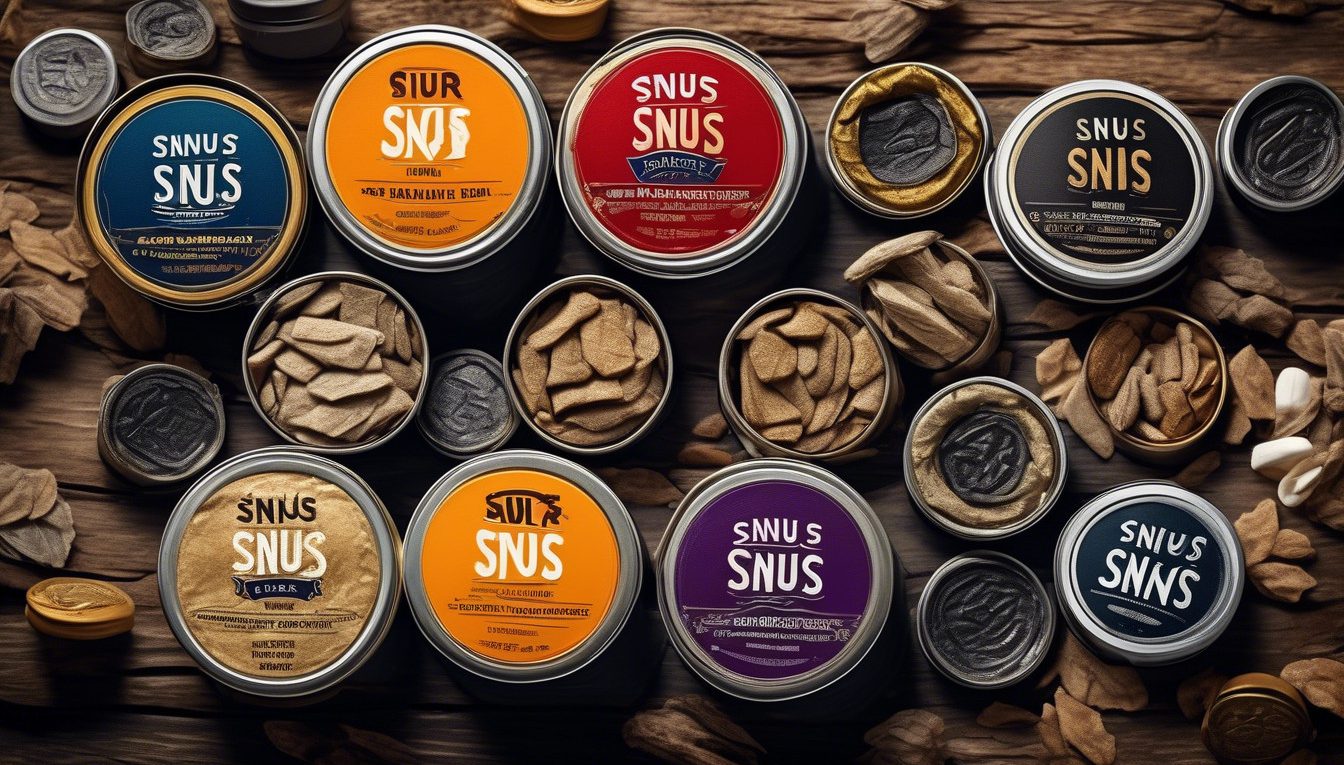Which types of snus are popular
Snus, a type of smokeless tobacco originating from Sweden, has gained significant popularity across various demographics and regions, particularly in Scandinavia. Its appeal lies in the discreet use, absence of smoke, and relatively lower levels of harmful chemicals compared to traditional smoking methods.
This article aims to explore the different types of snus that have captured consumer interest and dominated the market. The analysis will consider factors such as:
- Flavor profiles
- Nicotine content
- Packaging innovations
These factors contribute to the popularity of snus.
Types of Snus examined include:
-
Traditional Snus
- Loose Snus: Offers a traditional experience with customizable portions.
- White Portion Snus: Features a dry surface to reduce drip and extend flavor release.
-
Modern Snus
- All-White Snus: Contains no tobacco but offers nicotine, appealing to health-conscious users.
Regional preferences and trends will be highlighted, providing insights into how cultural and regulatory factors influence consumer choices.
By identifying popular types of snus, this article seeks to offer a comprehensive overview of the current landscape within the smokeless tobacco industry.
For a deeper dive into these trends and to understand the nuances of snus consumption, explore more here.
Traditional Snus Varieties
Traditional Snus Varieties
Traditional snus varieties encompass a range of flavors and formulations that have been crafted over centuries to deliver a rich, robust tobacco experience. Originating in Sweden, these snus varieties are renowned for their unique, traditional essence that appeals to aficionados seeking authenticity and a connection to history.
Distinctive Flavor Profiles
The distinctive flavor profiles found in traditional snus come from:
- A blend of tobacco leaves
- Salt
- Water
These are often enhanced by specific regional ingredients that reflect local tastes and customs.
Regional Variants and Cultural Identity
Each regional variant offers a distinct flavor that resonates with cultural identity, fostering a sense of belonging among its users. For instance, the inclusion of bergamot in some Swedish snus imparts a citrusy note, complementing the tobacco’s natural richness. Other traditional formulations may incorporate herbs or spices, further diversifying their appeal.
Craftsmanship and Quality
The craftsmanship involved in these traditional varieties ensures a quality product that maintains its integrity over time. This provides an enduring connection to cultural heritage and a shared appreciation for time-honored practices.
Modern Snus Innovations
In recent years, modern snus innovations have introduced new flavors and formulations that cater to evolving consumer preferences and health-conscious trends. These developments have not only expanded the product range but have also enhanced the snus experience by incorporating elements that appeal to a broader audience.
Traditional snus, typically characterized by its robust and earthy flavor profile, has served as a foundation for these innovations. By blending traditional elements with new, diverse flavors, manufacturers have created products that satisfy both long-time users and newcomers.
Regional variations have also played a critical role in shaping these innovations. Different regions have introduced unique flavor profiles that reflect local tastes and preferences, thus fostering a sense of belonging among consumers.
The incorporation of these regional influences has allowed modern snus products to resonate with a wider demographic, accommodating diverse palates while maintaining the essence of traditional snus.
This harmonious blend of the old and the new continues to drive the popularity of modern snus.

Flavor Profiles and Preferences
In recent years, a diverse array of flavor profiles has emerged in the snus market, catering to various consumer preferences and enhancing the overall user experience.
Traditional flavors, such as classic tobacco and bergamot, remain popular among enthusiasts who appreciate the historical and cultural significance of snus. These traditional offerings provide:
- A sense of continuity
- A connection to the roots of snus consumption
This fosters a community that values heritage.
Innovative flavor profiles have simultaneously gained traction, appealing to those who seek new experiences. These include:
- Fruity
- Minty
- Spicy options
This reflects a dynamic shift in consumer tastes. The introduction of these flavors has broadened the appeal of snus, attracting a more diverse audience that values personalization and variety.
Regional preferences also play a crucial role in shaping flavor trends, with certain areas favoring specific profiles. This variation highlights the importance of:
- Understanding local tastes and preferences
- Developing and marketing snus products that resonate with distinct consumer groups

Regional Trends and Influences
Different regions exhibit distinct snus preferences, influenced by cultural heritage, local tastes, and market availability.
Scandinavia:
- Snus usage has deep traditional roots.
- There is a strong preference for robust, natural flavors.
- Consumers often favor classic varieties with tobacco-forward profiles.
- This reflects a regional appreciation for authenticity and heritage.
- Widespread availability of snus in local markets supports this traditional inclination.
Other Regions:
- In newer markets, there is a preference for flavored snus products.
- In the United States, there is a growing demand for innovative flavors.
- Flavors cater to more diverse palates, with an emphasis on fruity or minty varieties.
- This shift highlights regional adaptation to meet local consumer tastes.
Conclusion:
- Regional trends in snus preferences underscore the significance of cultural and market influences on consumer choices.
- Understanding these regional nuances assists manufacturers in tailoring products to align with the tastes and traditions of different communities.

